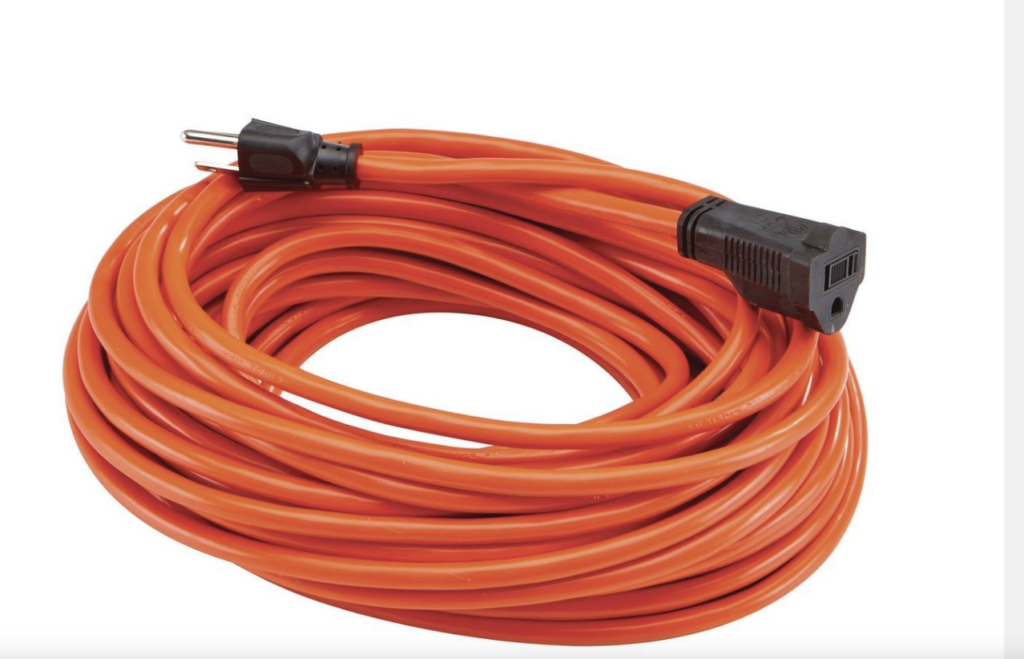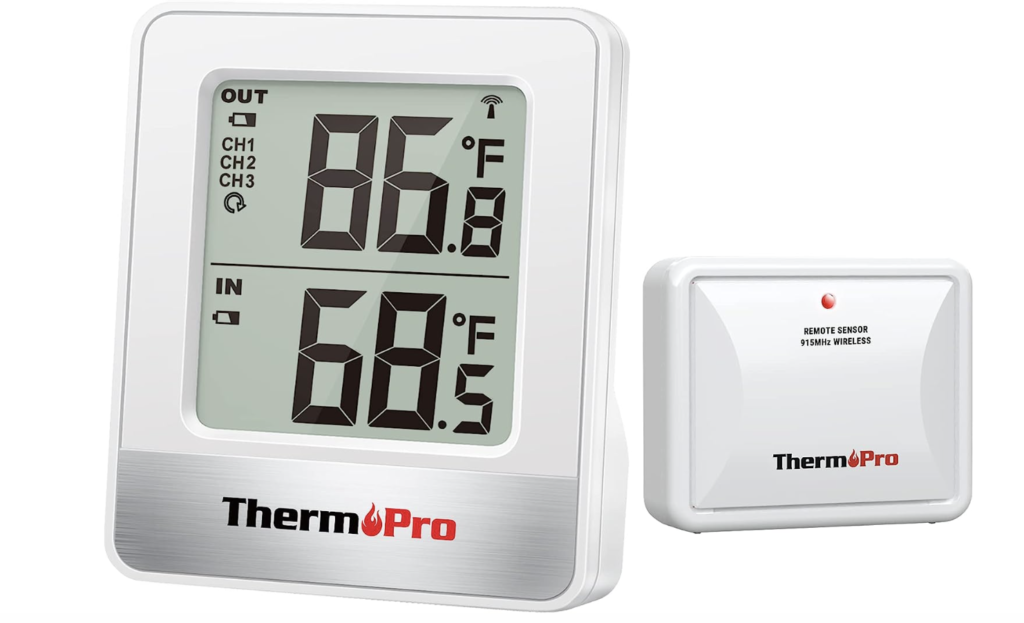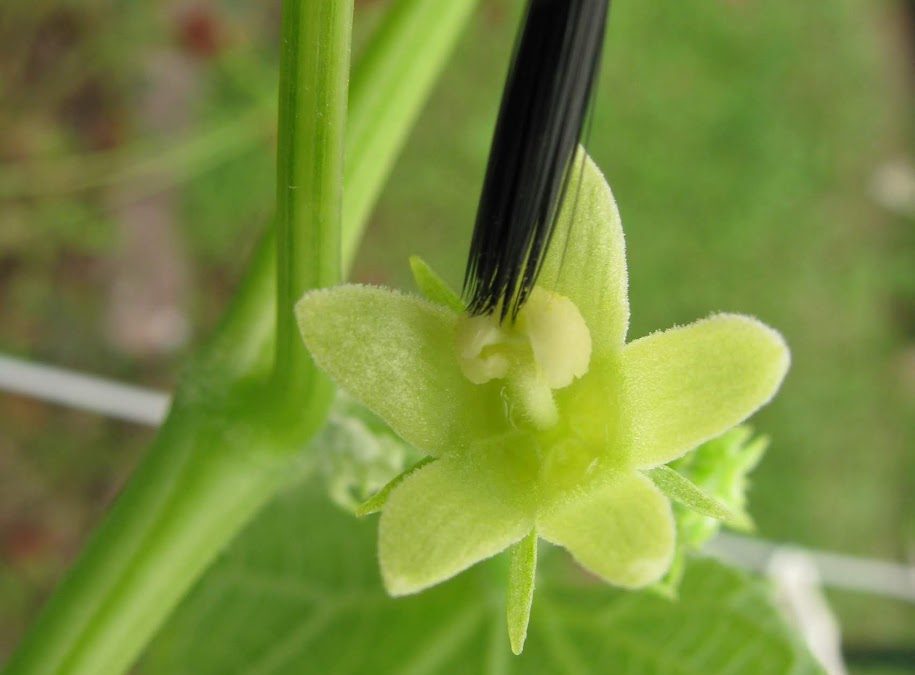
Mirliton Root Structure: The roots extend about 12” deep. This diagram shows water uptake in increments of 4″ and you can see that 70% of the water uptake occurs in the top 8″. There are shallow, superficial roots that extend laterally for up to 6 feet, but they only uptake a small percentage of moisture and nutrients.
_________________
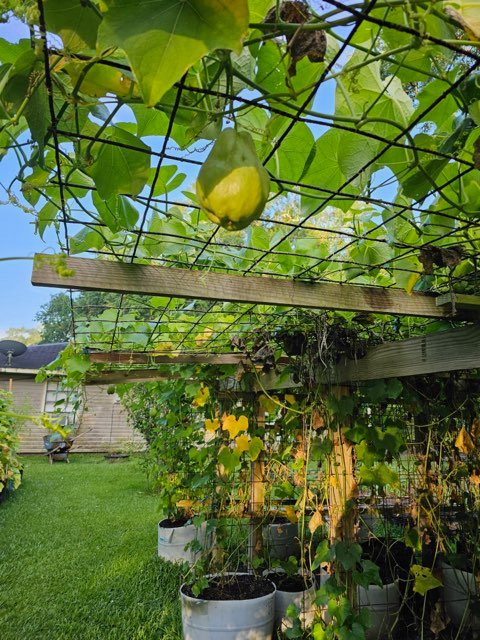
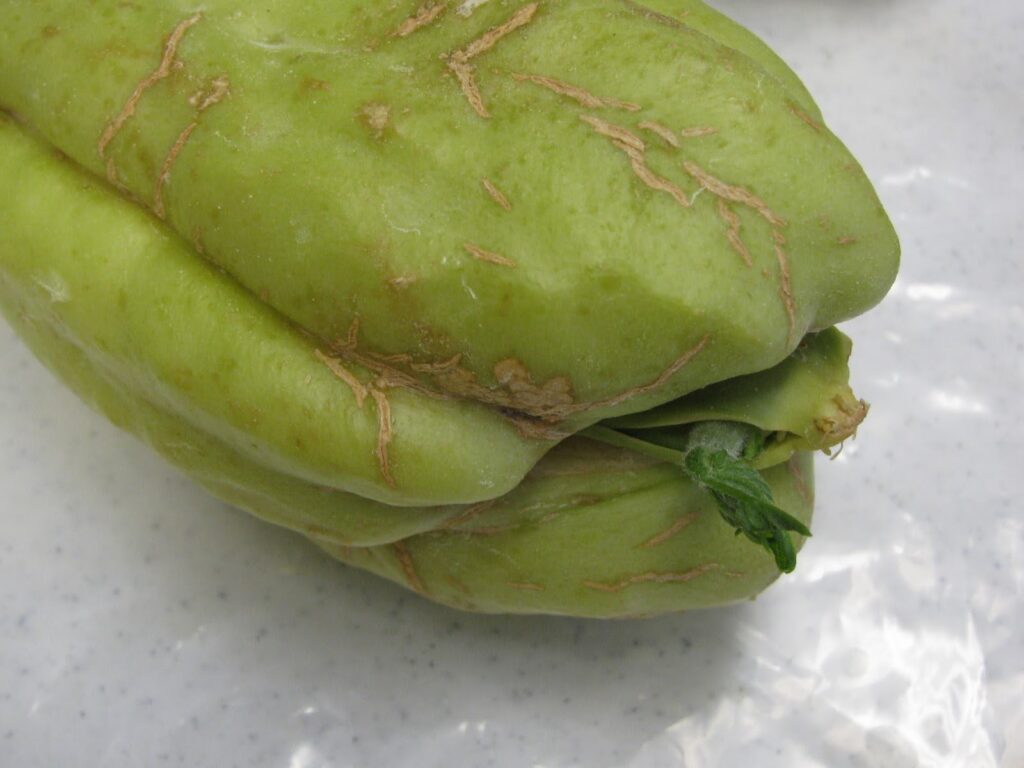

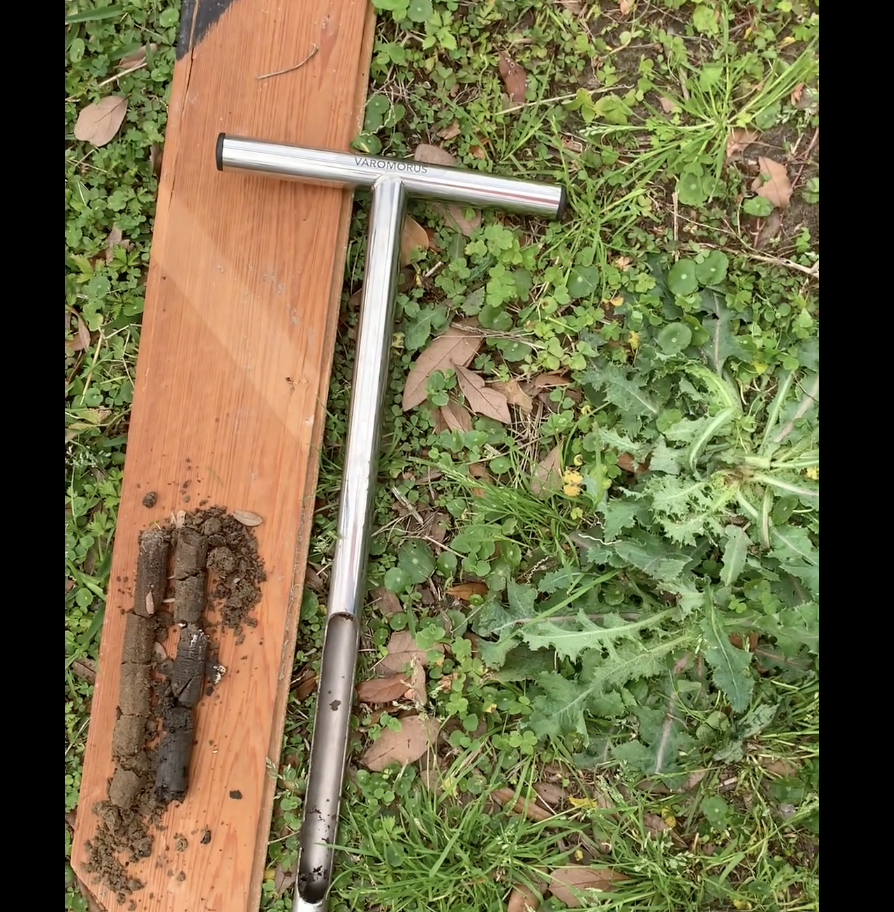 The soil sampler is the simplest way to see how much moisture your mirliton roots are getting. It’s the only quick, inexpensive way to see if you have over-watered or underwater your vine. James Leblanc shows you how to take a sample and check the moisture levels at root zone levels.
The soil sampler is the simplest way to see how much moisture your mirliton roots are getting. It’s the only quick, inexpensive way to see if you have over-watered or underwater your vine. James Leblanc shows you how to take a sample and check the moisture levels at root zone levels.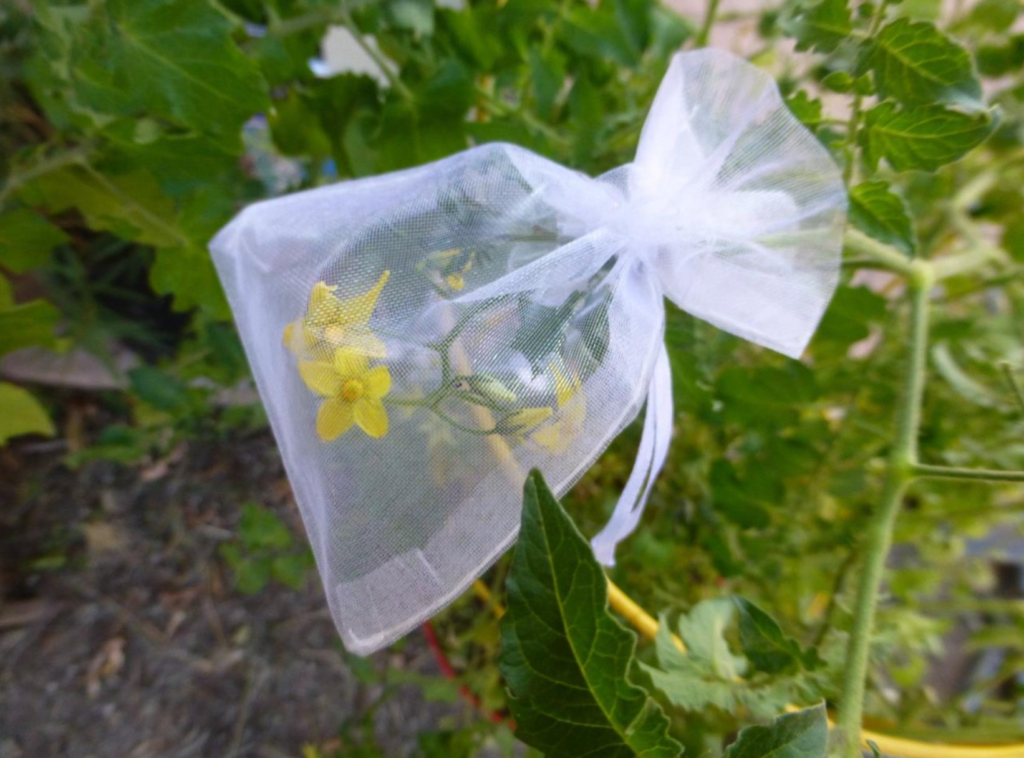
 Lee Flynn created and manages the Mirliton Seed Online Store, which she does as a volunteer. The store sells only certified Louisiana Heirloom Mirlitons. They are sold at cost, depending on the price that the grower charges (some are donated). Mirlitons are only available in season, and the quantity per order is limited so that everyone can obtain one. If we are out of stock, you will be put on a waiting list and be notified immediately when available. Click
Lee Flynn created and manages the Mirliton Seed Online Store, which she does as a volunteer. The store sells only certified Louisiana Heirloom Mirlitons. They are sold at cost, depending on the price that the grower charges (some are donated). Mirlitons are only available in season, and the quantity per order is limited so that everyone can obtain one. If we are out of stock, you will be put on a waiting list and be notified immediately when available. Click

